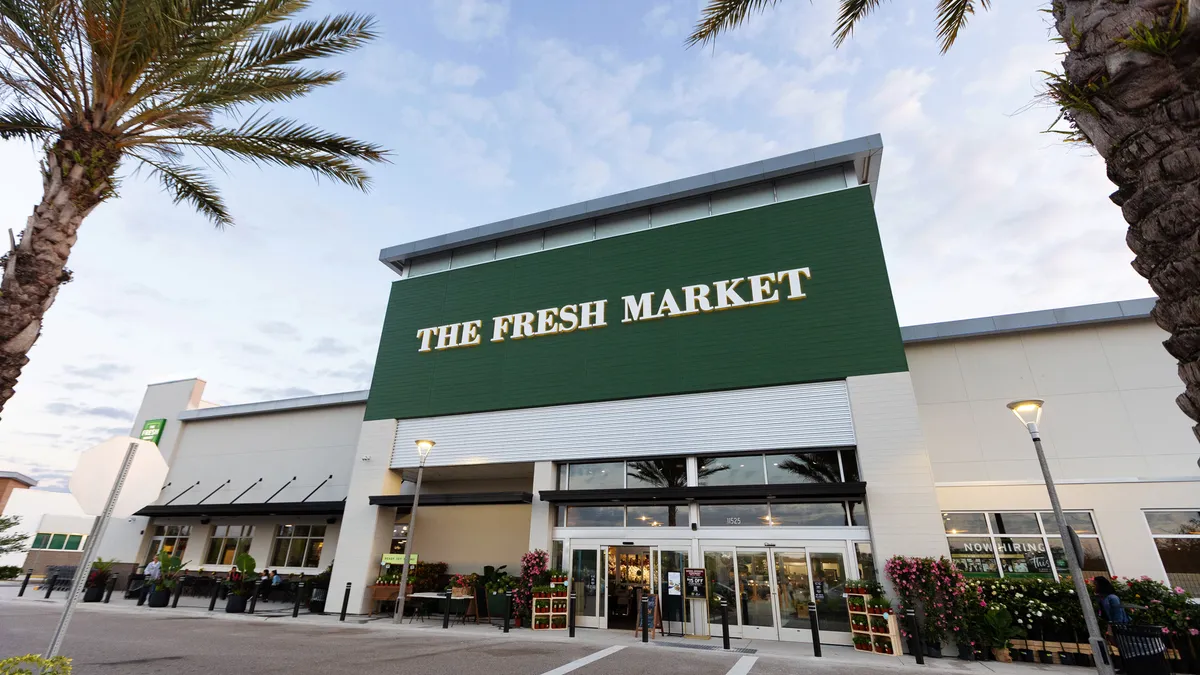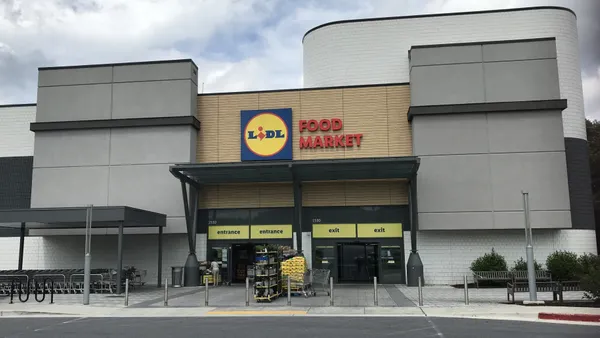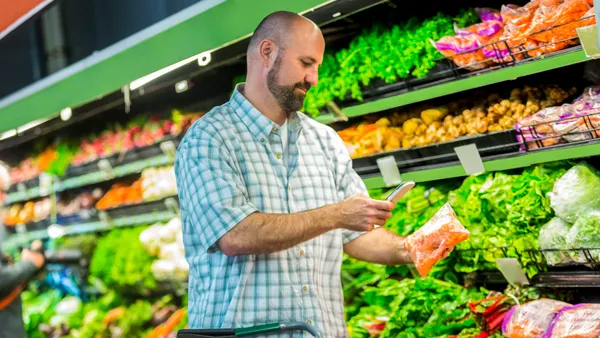Dive Brief:
- As statewide mandates force many restaurants and foodservice operations to temporarily shut down, the seafood industry is severely hurting. Fishermen and dealers are working on looking for new markets to sell in and have asked the federal government for assistance.
- Bert Jongerden, general manager of a Maine auction house Portland Fish Exchange, told the Associated Press that the market for higher-end products like scallops and lobster is "pretty much nonexistent." The Exchange typically moves up to 60,000 pounds of fish per week but has plummeted to less than a third of that.
- To get more consumers to eat seafood, a new group of 19 organizations called the The Seafood4Health Action Coalition launched a consumer-facing campaign called "Eat Seafood, America!” this week to push consumers to stay healthy by eating more seafood and therefore boosting the U.S. seafood economy, according to an email sent to Food Dive.
Dive Insight:
Despite the rise in shoppers stockpiling food across the U.S., the seafood industry is in turmoil. Distribution, processing and fishing has slowed as prices are dropping and customers are dwindling. With restaurants closed, where seafood usually retains high prices, many of the country's fisheries have reported sales dropping as much as 95% and thousands of commercial fishers are at risk of bankruptcy, The Washington Post reported.
About 68% of the $102.2 billion that consumers paid for U.S. fishery products in 2017 was spent in foodservice. The lack in demand has sent prices free falling for a variety of products and has even caused some to stop fishing until the outbreak subsides. In March, the wholesale price for 1.25-pound lobsters was 33% lower than it was in 2018, according to Urner Barry data cited by the Associated Press.
Some fish producers are trying to sell more of their product in the retail market to make up for the loss. Customers are still buying plenty of food at grocery stores and sales are rising for many products there. So if this 12-week campaign using social media and marketing to encourage more consumers to buy and cook seafood at home is successful, it could help the industry.
"America’s seafood community is in crisis," The Seafood4Health Action Coalition said in a release. "The coronavirus poses a significant threat to the future of an industry that employs approximately 2 million Americans. That’s why we’re asking everyone in America to support the seafood community by eating seafood and buying seafood each week."
In addition to the campaign, the seafood industry is also turning to the government for help. Late last month, U.S. seafood companies, including Trident, Pacific Seafoods, High Liner, Cargill and Fortune International, wrote a letter to the Trump administration to ask for support. The coalition suggested the federal government appropriate $500 million to buy surplus commercial seafood that can be shipped overseas or supplied to domestic organizations, expand USDA funding levels by at least $2 billion to support seafood supply chains and provide $1.5 billion to the Department of Commerce to help with relief for fishery disasters.
"Failure to act boldly now to preserve our country’s domestic seafood infrastructure will impose far greater costs on our economy and cause permanent damage to our nation’s ability to harvest, farm, process, and distribute seafood products," they wrote.
An aid package approved late March did include $300 million to help the industry, but it is significantly less than what companies have asked for. The stimulus package would give money to fishers, processors and others facing economic challenges because of COVID-19 and funds would be awarded on a rolling basis.
But it's not just the seafood industry facing major issues as a result of lost foodservice business. The dairy industry is also struggling significantly due to the pandemic. Growth in global dairy prices stalled as a result of the outbreak and farmers are being asked to dump tens of thousands of gallons of surplus milk. Milk producers rely heavily on restaurants and foodservice facilities nationwide that have now shuttered, about one-third of the dairy products produced in Wisconsin are sold to foodservice. The dairy industry has also asked Congress and the Trump administration for help during this time.
The industries that rely heavily on foodservice and restaurant business, like seafood and dairy, will likely have to find creative ways to sell products for the foreseeable future and hope that the government relief will be enough to help businesses stay afloat until the outbreak is contained.
















